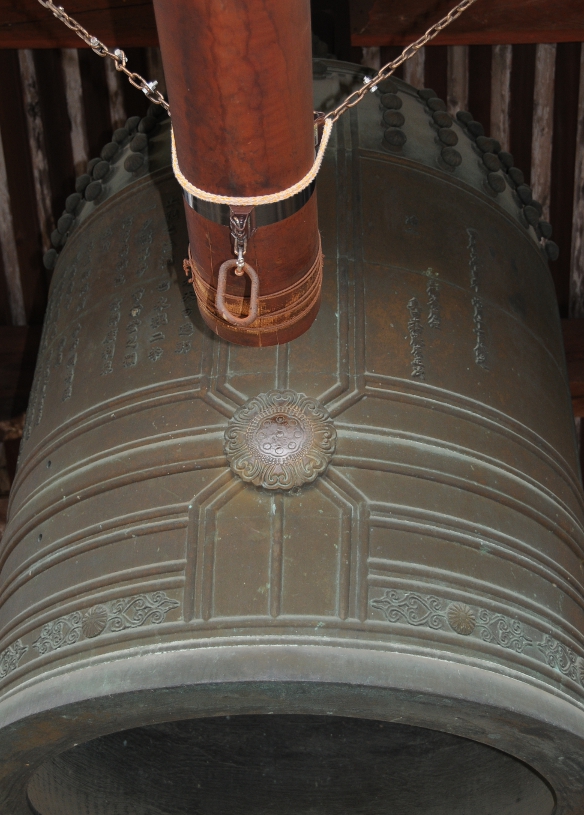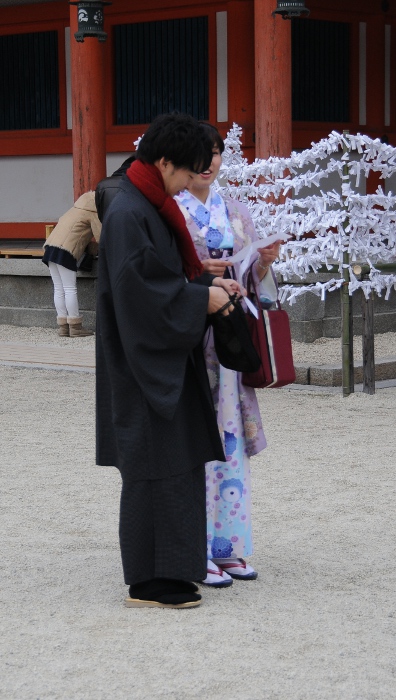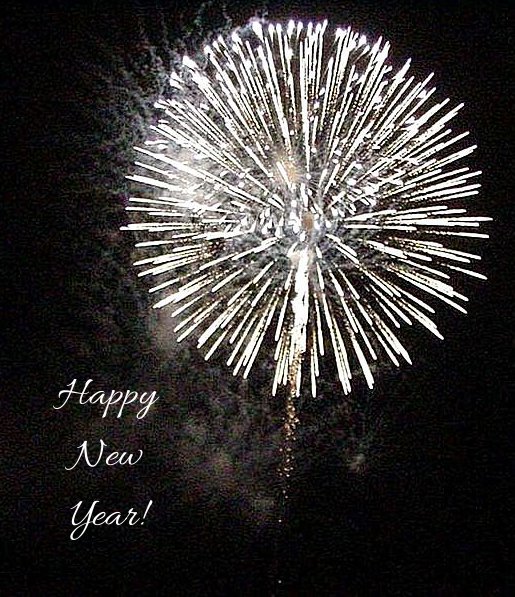Mid December I came across this great job online. A university in Nagoya was looking for somebody…
- … with a PhD from an internationally recognized, reputable university (field irrelevant) …
- … a strong track record of working in international environments …
- … native level fluency in English …
- … willing to travel overseas and to relocate to Nagoya …
… to fill the position of director of their international relations office. Foreigners (i. e., non-Japan residents) welcome, speaking Japanese nice but no requirement… and then there was a list of those blah-blah things everybody can claim: organisatorial and people skills, team oriented, eye for detail, flexible, whatnot. Mind also that the majority of the international relations of said university are situated in Germany, The Netherlands, and France; except for the last one all countries I have lived in and the languages of which I speak fluently. Hence, I thought: Hey guys, here I am! and applied.
The advert also said that if you are not contacted within two weeks, you can consider the application unsuccessful. My landlady suggested that with all Christmas and New Year celebrations and such, I should be patient until the end of this week. So, patient I was – none of my key virtues, I have to admit – until I did some further job searching last night. Where I found the very same advert for the very same job from the very same university except for one little detail; in fact, only three little words added to the requirements: Native in English.
I talked about that to two friends of mine. The first said that it is likely that the position was filled from the beginning and they just needed to do something official and show that their candidate is the best one fulfilling points 1, 2, 3. When somebody else came along (I’m not even suggesting this would be me) fulfilling points 1, 2, 3, 4, 5, 6, they decided to extend the search period, and add point A to the advert, something only their candidate can fulfill. The disaster of having to hire somebody else prevented, everybody was happy.
The other friend of mine, who has been in Japan for 20 years or so, said that the Japanese society as a whole is very insular and closed off and that trust is everything here. If A knows and trusts B, and B recommends C, then A will hire C even if there are better qualified candidates out there. Hence, it’s not about who you are or what you can do or what you know, it’s about whom you know.
Thinking about this for a while, this is actually true in a lot of places and companies, not just in Japan. Since my Masters degree, I have worked in 5 different places, and I only had an interview for the very first and very last position. To all the others I have been introduced by somebody in the know; but to be fair, I don’t think those positions were officially advertised anywhere and thus potentially wasting the time of somebody. And, especially for mid level university positions (assistant/associate professor), it is known that the adverts are tailored so the desired candidate will just so happen to fit it perfectly.
I should have known better than to hope for a decent job here without any connections. But I’m still angry. So, I have made up my mind to look into other ways of coming to Japan. All I need is a stop gap solution for the beginning…





